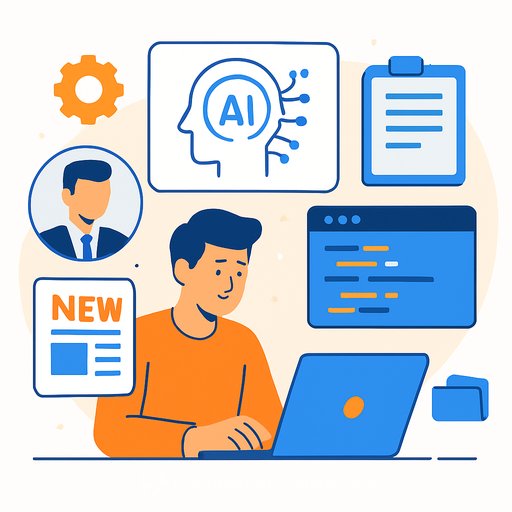Advantech Partners with Edge Impulse to Accelerate Edge AI Development
Advantech announced plans to integrate Edge Impulse-now part of Qualcomm-into its edge computing platforms. The goal: make on-device AI faster to build, easier to deploy, and simpler to scale from proof-of-concept to production.
The collaboration was introduced by Miller Chang, President of Advantech Embedded Sector, and Zach Shelby, VP of Product Management at Qualcomm Finland RFFE Oy. Their shared objective is clear: reduce development friction and shorten time-to-market for edge AI across manufacturing, healthcare, logistics, and smart city use cases.
What's new
Edge Impulse's development platform is expected to come pre-integrated with Advantech hardware, improving the out-of-the-box experience for developers.
- Supported targets: AI industrial motherboards, AI inference systems, AI servers
- Vision hardware: industrial AI cameras
- Developer acceleration: edge AI development kits
With this integration, teams can run the full workflow-data ingestion, model training, optimization, deployment, and monitoring-within a single toolchain on Advantech devices.
Why it matters for IT and product teams
- Lower setup overhead: fewer moving parts, fewer manual integrations
- Faster prototyping: go from dataset to inference on-device in days, not months
- Smoother scale-up: consistent workflows from PoC to multi-site deployments
- Choice of silicon: multiple edge AI processor options within proven industrial form factors
- Operational visibility: built-in monitoring to track performance in the field
Leadership perspective
Advantech emphasized that pre-integration will simplify model workflows and shorten the path from pilot to deployment across key verticals. Qualcomm highlighted Advantech's reach, platform breadth, and industry expertise as a strong foundation for scaling edge AI into production.
Practical outcomes you can expect
- Manufacturing: on-device visual inspection, anomaly detection for predictive maintenance
- Healthcare: bedside sensing, workflow automation with strict latency and privacy needs
- Logistics: package tracking, damage detection, and process analytics at the edge
- Smart cities: traffic and safety analytics on cameras with local processing
Architecture notes
- Data loops: collect, label, and iteratively improve datasets directly from deployed devices
- Model optimization: quantization and compression to meet device constraints without heavy accuracy trade-offs
- Deployment: containerized or device-native runtimes aligned with Advantech's platforms
- Monitoring: track drift, latency, and accuracy, then trigger retraining or updates
- Security: plan for signed models, OTA updates, and role-based access across fleets
How to get started
- Select a target device class (camera system, inference box, or development kit)
- Define the model type (vision, audio, sensor/IMU) and success metrics
- Prepare initial datasets and convert them into Edge Impulse projects
- Stand up a pilot: one site, one use case, clear KPIs, 4-8 week timeline
- Plan for scale: CI/CD for models, OTA updates, device monitoring, and rollback policies
Availability
The companies outlined plans for pre-integration across multiple Advantech platforms. Expect a streamlined developer experience that shortens setup time and supports production-scale rollouts once the integration is released.
Resources
Your membership also unlocks:









